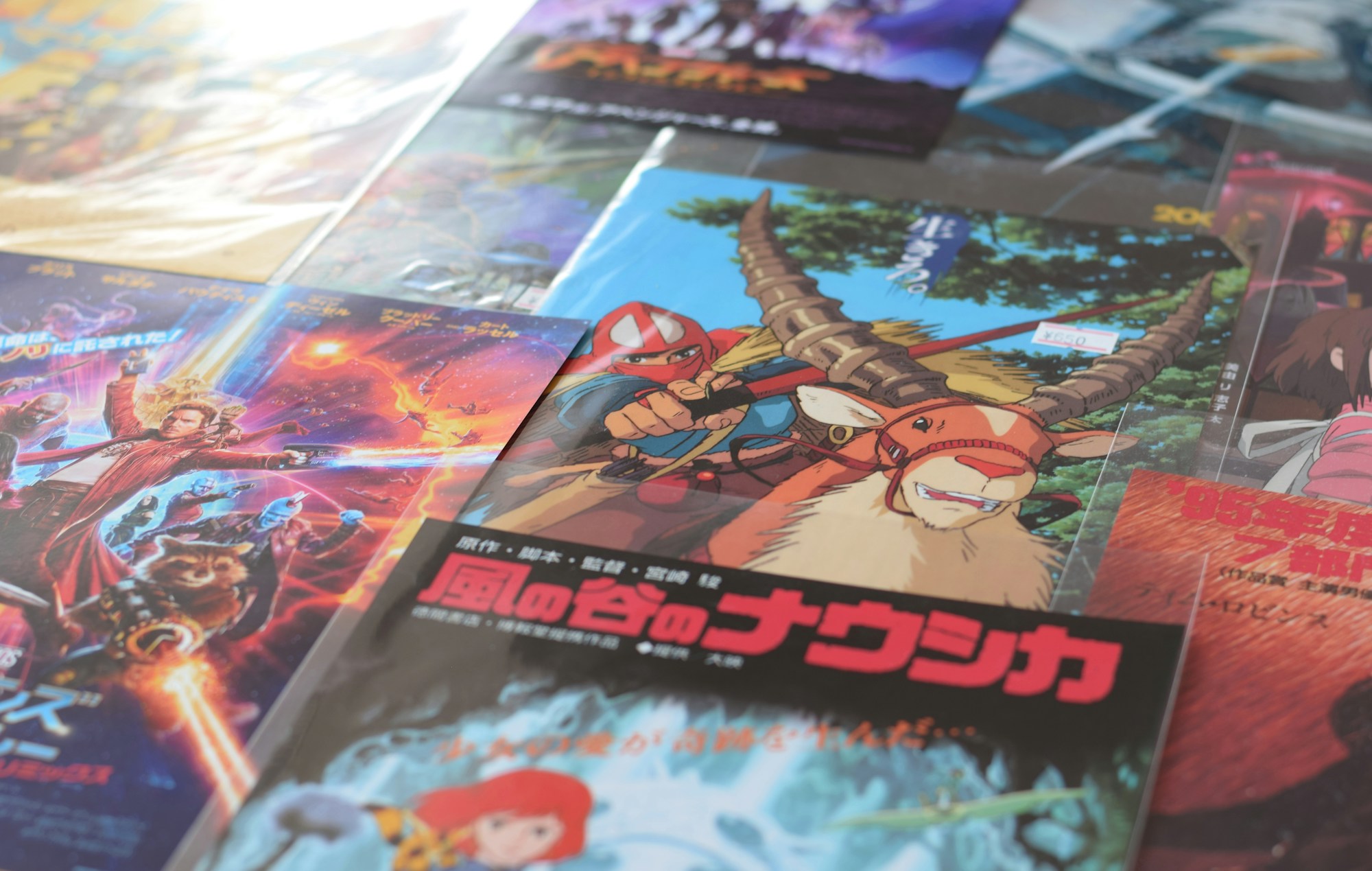What to See in Miyazaki: A Local Travel Guide

Exploring Miyazaki: A Local Travel Guide
Welcome to Miyazaki, a picturesque prefecture on the southern island of Kyushu in Japan. Known for its stunning natural beauty, rich history, and warm hospitality, Miyazaki has plenty to offer to visitors seeking a unique travel experience.
Top Attractions
1. Aoshima Island: Take a leisurely stroll along the beautiful beaches of Aoshima Island and visit the iconic Aoshima Shrine, known for its unique architecture and serene atmosphere.
2. Takachiho Gorge: Marvel at the breathtaking cliffs and serene waters of Takachiho Gorge, a popular spot for boat tours and hiking trails.
3. Miyazaki Jingu Shrine: Explore the historic Miyazaki Jingu Shrine, dedicated to the first emperor of Japan, and witness traditional Shinto rituals.
Cultural Experiences
1. Savor Local Cuisine: Indulge in Miyazaki's renowned culinary delights, including succulent Miyazaki beef, fresh seafood, and traditional regional dishes like Chicken Nanban.
2. Attend a Local Festival: Immerse yourself in Miyazaki's vibrant culture by joining one of the many festivals held throughout the year, such as the Udo Shrine Fire Festival or the Miyazaki Kizuna Festival.
Outdoor Adventures
1. Surfing at Kisakihama Beach: Ride the waves at Kisakihama Beach, a popular spot for surfers of all levels, with stunning views of the Pacific Ocean.
2. Hiking in Kirishima National Park: Embark on a scenic hike in Kirishima National Park, home to rugged volcanic landscapes, hot springs, and pristine forests.
Weather
Miyazaki enjoys a mild and subtropical climate, with warm temperatures throughout the year. Summers can be hot and humid, ideal for beach activities, while winters are mild and pleasant, perfect for exploring the city and outdoor adventures.
Travel Tips
- It is recommended to rent a car to explore the scenic countryside and hidden gems of Miyazaki at your own pace.
- Make sure to pack sunscreen, a hat, and comfortable walking shoes for outdoor excursions.
- Respect local customs and traditions, such as removing your shoes before entering a traditional tatami-mat room.
